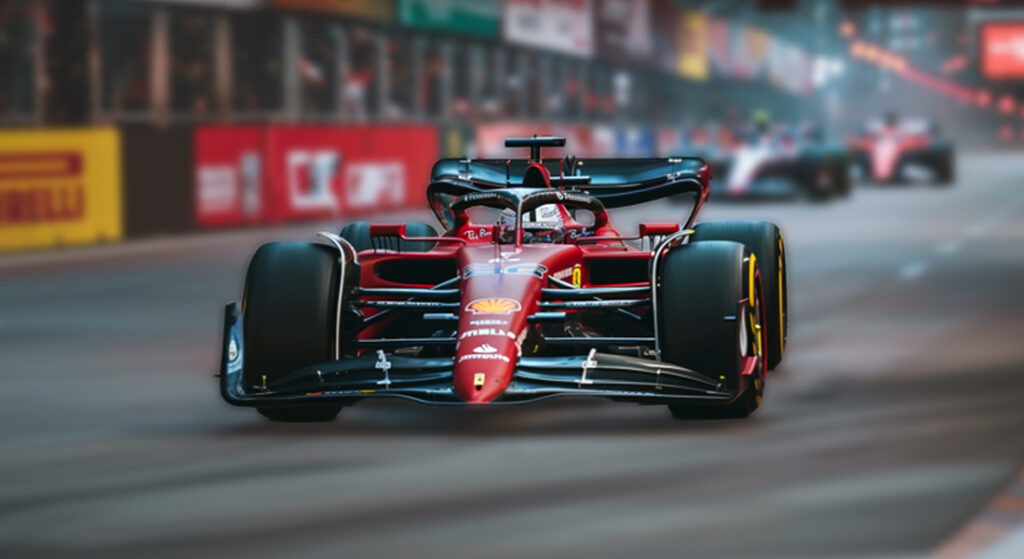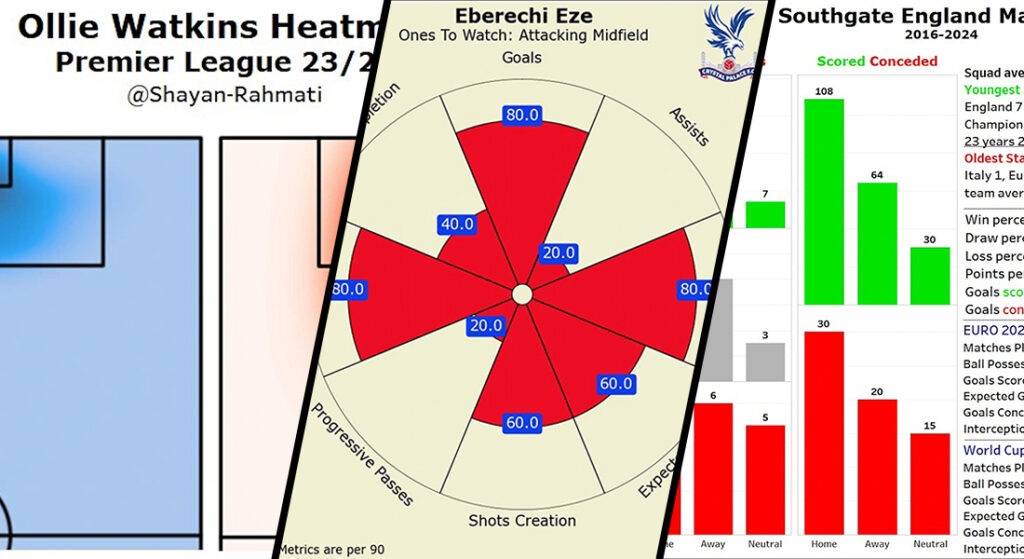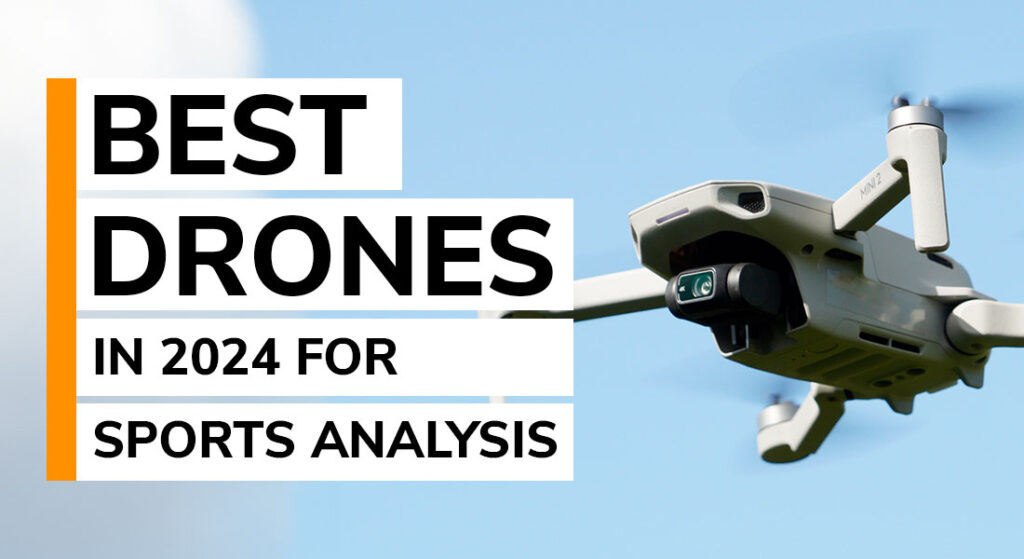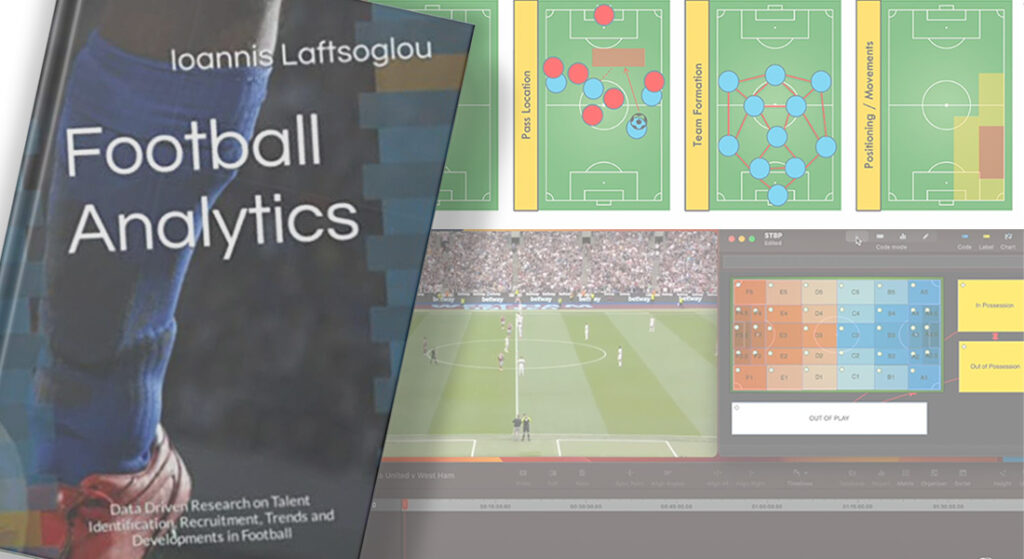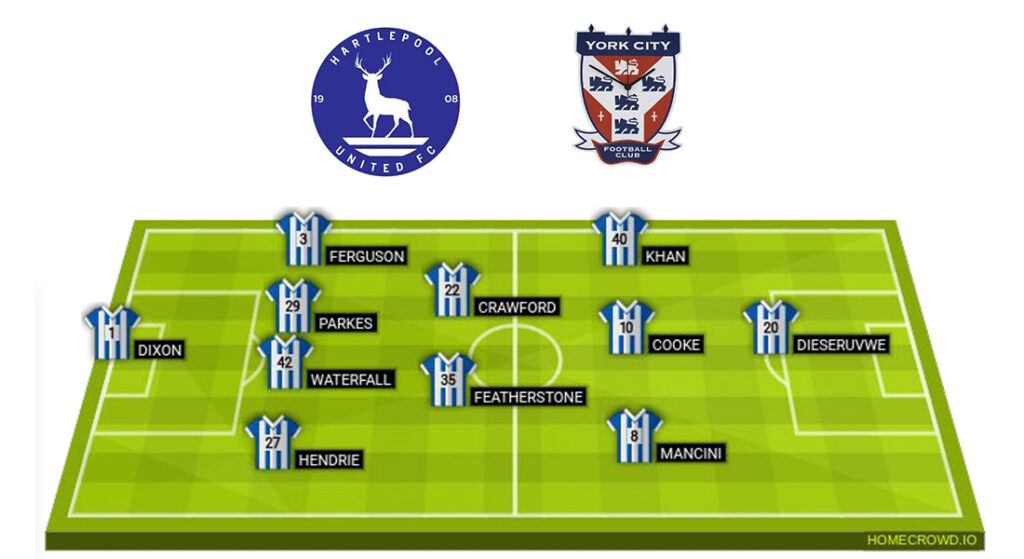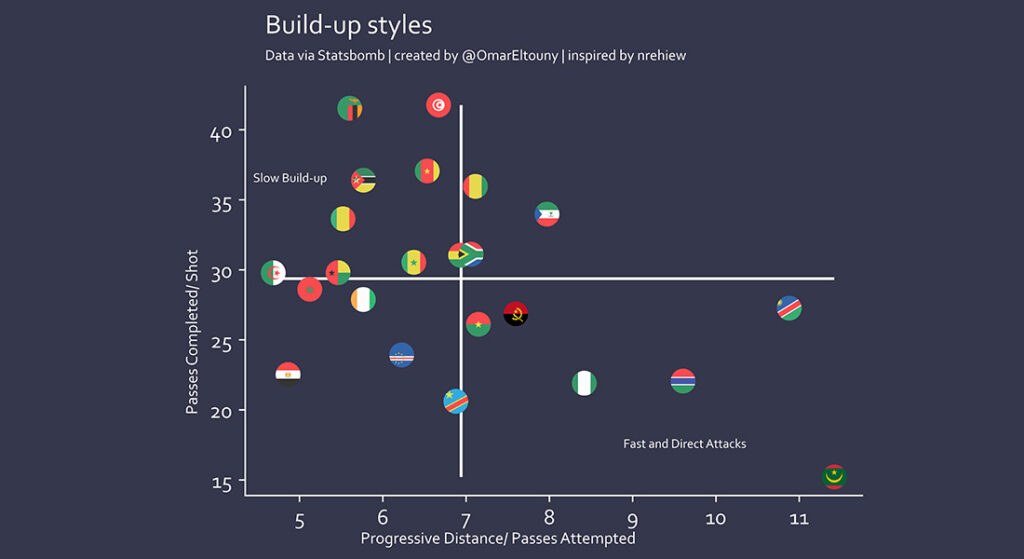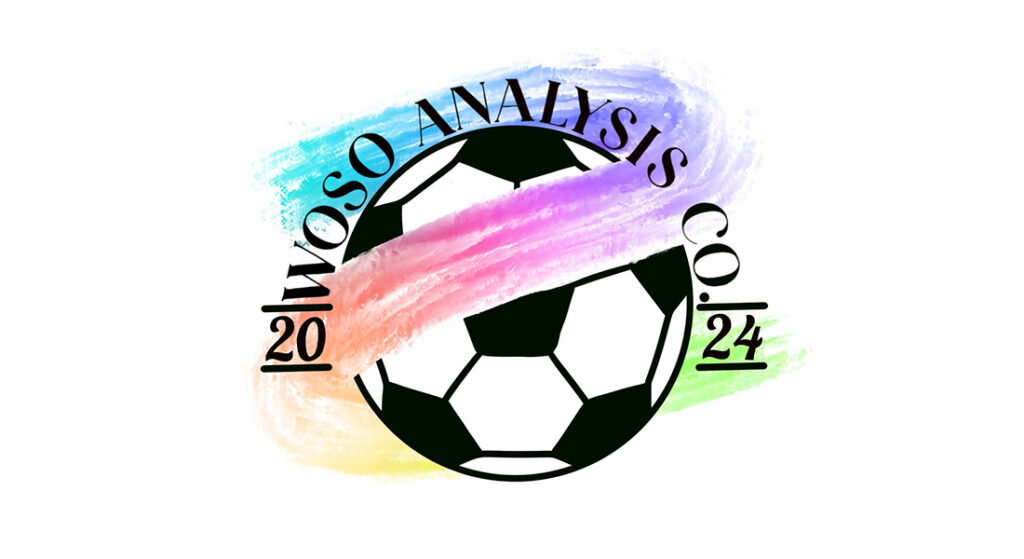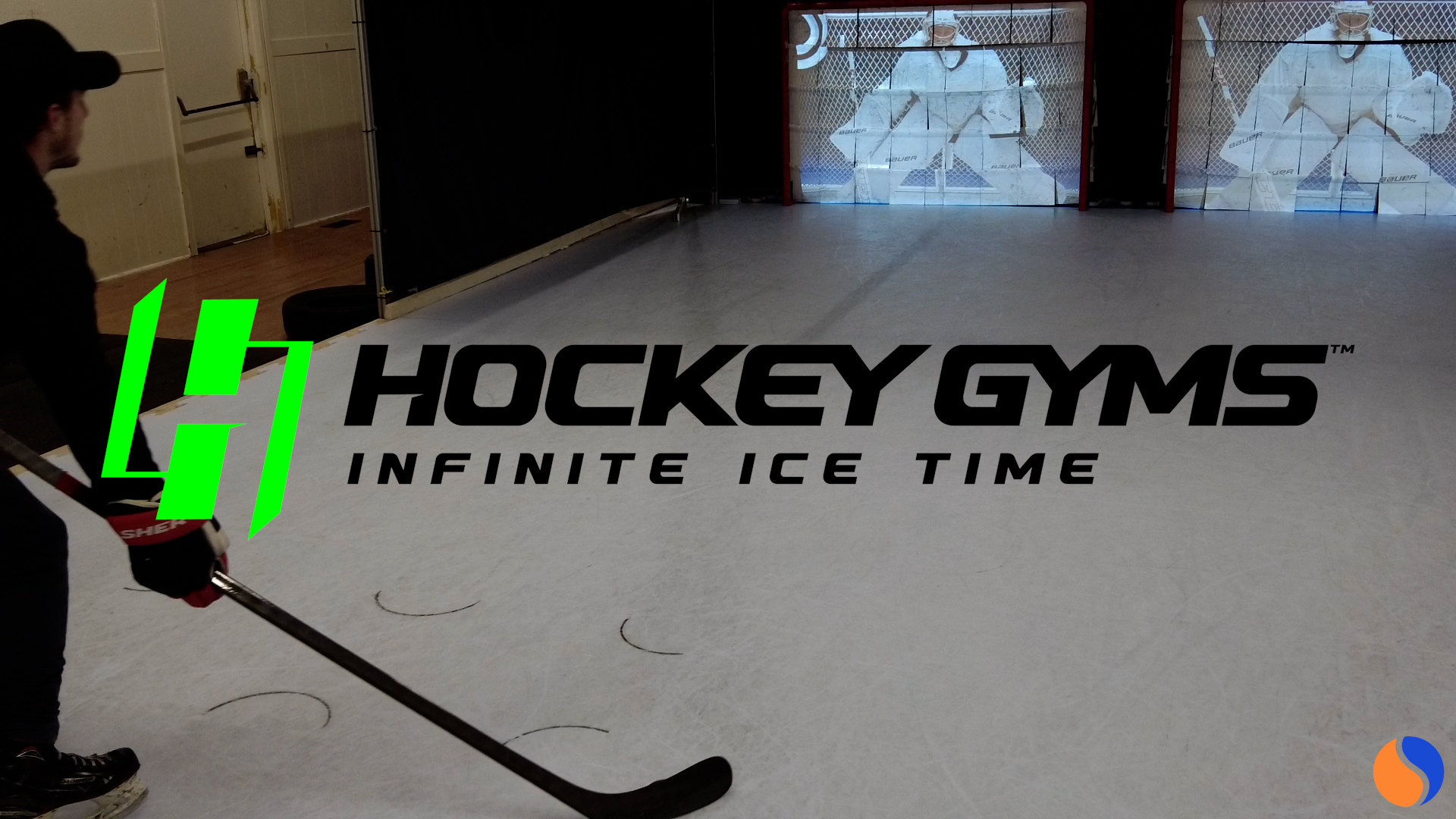
Ice hockey has always been a sport that demands precision, speed, and agility. In the pursuit of mastering these skills, Hockey Gyms have introduced cutting-edge Shooting Simulators, bringing a new dimension to hockey training. At the Sports Analysis Portal, we had the privilege of connecting with JD Ross, the Owner and President of Hockey Gyms, to delve into the intricacies of these simulators. In this article we explore the technology behind the shooting simulators, the detailed real-time data and video analysis feedback to players, as well as touching upon the potential impact of simulator training on other sports.
How the Shooting Simulators Work
At the heart of Hockey Gyms’ shooting simulators is a sophisticated system that captures reaction time, shot accuracy, and the speed of shots. The technology employs motion capture analysis and AI, providing players with precise metrics to enhance their performance. The simulators feature an automated conveyor and puck passing system, equipped with sensors that calculate the speed and distance of each pass, influencing shot trajectory and metrics from the release point.
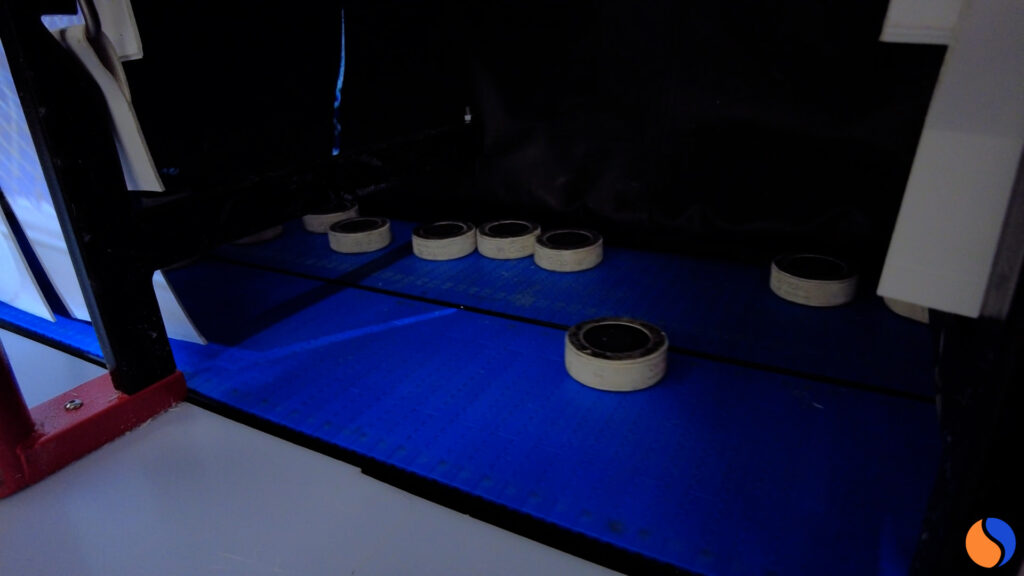
Each simulator lane consists of a Smart Net, two motion capture cameras, a projector, a PC, and a touchscreen monitor. The training surface, essential for seamless puck movement, requires synthetic ice, offering athletes an experience as close to the real thing as possible.
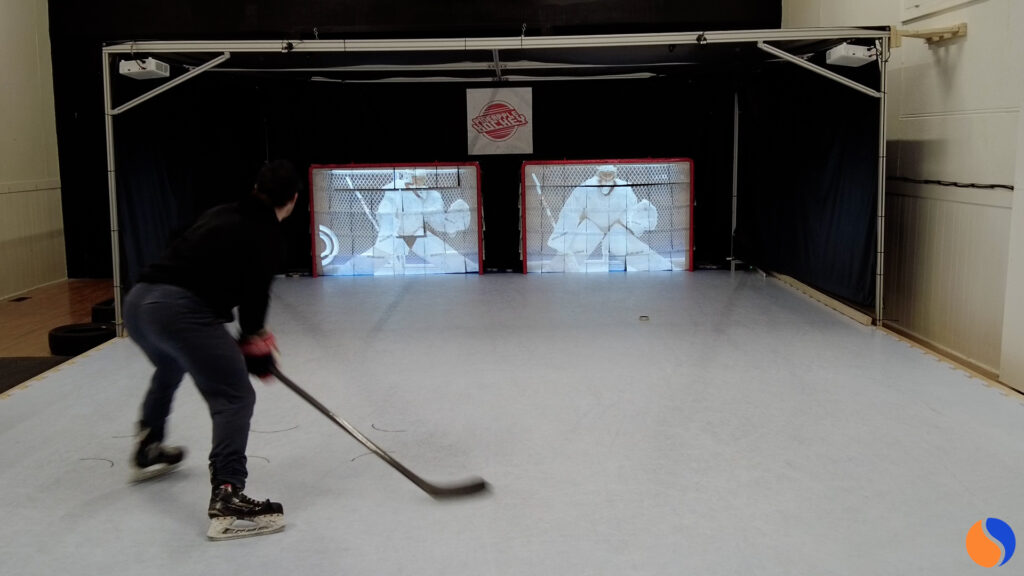
The user experience is seamlessly integrated, with drills and training games easily accessible through a touchscreen. Players activate their individual accounts, allowing them to customise their training by selecting pass angles, pass speeds, cadences, and even isolating scores based on footwear preferences. The simulator offers over 50 different play options, covering shooting-specific data, stickhandling metrics, cognitive and reaction time, and competitive player-versus-player scenarios.
Who Shooting Simulators are Designed for?
Hockey Gyms’ shooting simulators cater to a diverse range of facilities and institutions seeking optimized and efficient hockey development. Whether it’s a college aiming to provide unlimited repetitions for student-athletes, or an arena looking to offer additional training space and generate revenue, the simulators offer flexibility and adaptability. A secondary market is emerging in the entertainment sector, with potential applications in virtual golf lounges and interactive sports bars, but with a distinctive hockey twist.
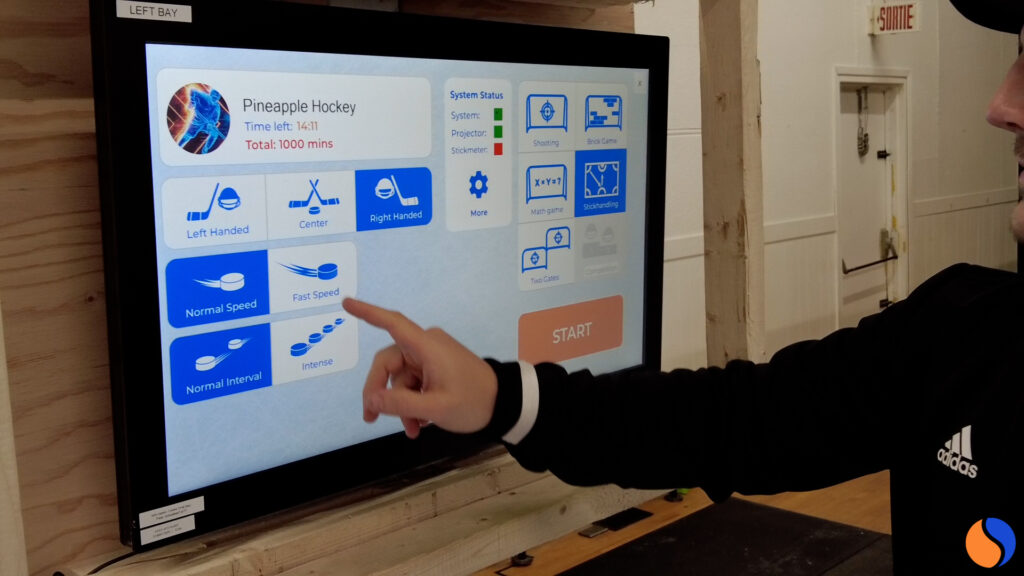
Real-time Analysis Feedback
One of the standout features of Hockey Gyms’ shooting simulators is the live, on-screen analysis feedback provided to users. Players can monitor their overall scores in various categories such as speed, reaction time, accuracy, and stickhandling.
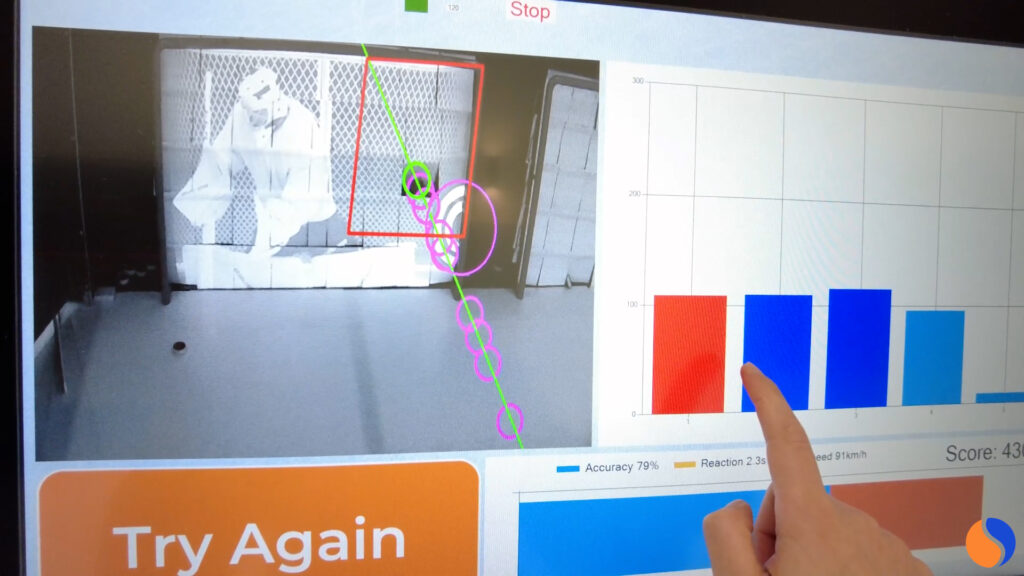
Additionally, they can review individual shot scores and playback each shot in video format. The software stores all previous sessions, enabling players, with the guidance of a coach, to identify areas of weakness and receive tailored tips for improvement.
Using Simulators to Elevate Hockey Skills
The simulators offer a multitude of ways for players to enhance their hockey skills. With the combination of extensive repetitions and live on-screen data, players gain a heightened awareness of their biomechanics. This self-awareness allows for immediate self-correction or enables coaches to provide more targeted guidance using visual references. The infusion of hard data numbers on relevant skills creates a hunger for improvement, driving athletes to strive for continuous progress.
The Future of Simulator Training
Looking ahead, the president of Hockey Gyms envisions simulator training evolving across various sports, wherever repetitive practice in game-like situations is crucial. The efficiency gained through high-repetition training is a game-changer, shaping how serious athletes seek their competitive edge now and in the future. As simulator technology advances, its impact on sports training methodologies is likely to extend far beyond the realm of ice hockey.
Special thanks to JD Ross for connecting with the team at Sports Analysis Portal. For more information on Hockey Gyms: www.hockeygyms.com




